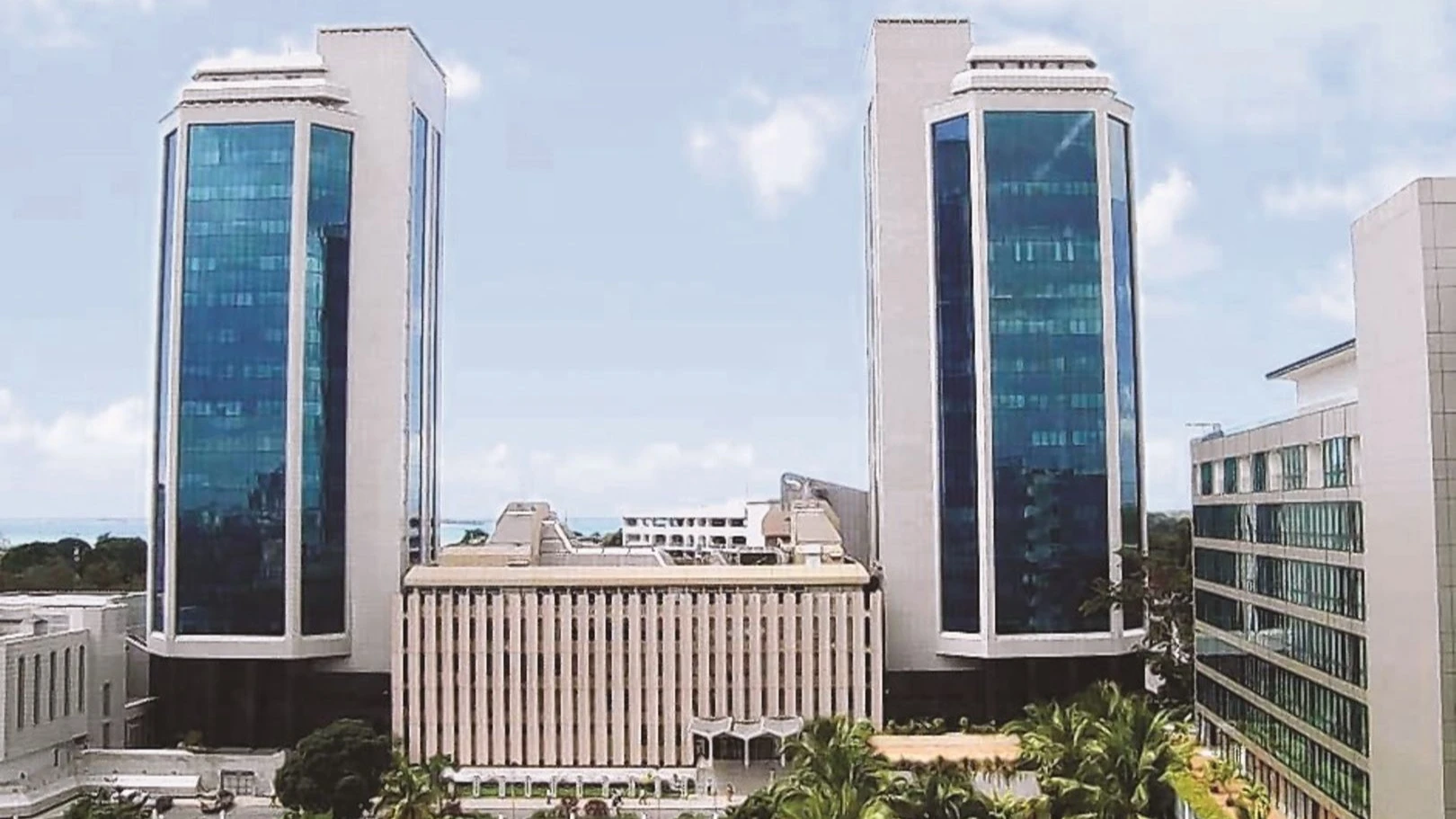

Africa’s progress toward financial inclusion has reached a critical juncture, underscored by the State of Inclusive Instant Payment Systems in Africa 2023 (SIIPS 2023) report. This document, published by AfricaNenda in collaboration with the World Bank and UNECA, presents a granular exploration of the evolving landscape of instant payment systems (IPS). It highlights their instrumental role in bridging the chasm between economic exclusion and integration. Through meticulously curated case studies and comprehensive empirical research across five African nations, the report delineates the capacity of IPS to engender equitable economic participation and foster sustainable development.
IPS development reflects a dynamic confluence of technological innovation and deliberate policy interventions. With a core focus on underserved and low-income populations, the SIIPS 2023 report articulates the mechanisms through which IPS address systemic disparities in access to financial services. Characterized by their real-time processing capabilities and 24/7 operational framework, IPS emerge as indispensable in the arsenal for financial inclusion. The report’s analytical depth exposes both infrastructure inadequacies and strategic opportunities, framing IPS adoption as a quintessential element for catalyzing cross-sectoral collaboration.
Africa’s digital payment ecosystem exhibits remarkable dynamism, exemplified by its substantial growth metrics. In 2022 alone, 32 operational IPS processed transactions totaling $1.2 trillion—a testament to the 47% annual growth in transaction volume. These systems constitute a pivotal infrastructure underpinning for inclusive financial systems, particularly in facilitating high-frequency, low-value transactions. However, the report identifies critical gaps: 27 African countries remain devoid of domestic IPS infrastructure, marginalizing millions. Such disparities demand urgent structural interventions aimed at establishing scalable frameworks that prioritize inclusivity.
The SIIPS 2023 report positions inclusivity as a cornerstone for assessing IPS efficacy. For instance, initiatives such as Taifa Moja in Tanzania and GIMACPAY in Central Africa illuminate strides toward embedding inclusivity in digital payment infrastructures. Yet, pervasive challenges—ranging from prohibitive transaction costs and limited smartphone penetration to interoperability deficits—continue to stymie progress. Addressing these multifaceted impediments necessitates nuanced approaches that integrate localized policy solutions and robust technological investments. The interplay between financial institutions and technology providers emerges as a decisive vector in advancing regional connectivity and mitigating systemic barriers.
Overcoming entrenched systemic barriers requires a comprehensive, multi-stakeholder strategy encompassing governmental, private sector, and regional institutional efforts. Harmonization of regulatory and policy frameworks is identified in SIIPS 2023 as a linchpin for operationalizing cross-border payments—a critical component of the African Continental Free Trade Area (AfCFTA). The report advocates for risk-based licensing standards for payment service providers (PSPs), alongside innovative pricing mechanisms designed to spur widespread IPS adoption. These frameworks, imbued with transparency and agility, provide the foundational architecture for resilient and inclusive financial ecosystems.
Central banks emerge as pivotal actors within this ecosystem. By synergizing with fintech innovators and private-sector operators, central banks can drive IPS sustainability while fostering market confidence. The Pan-African Payment and Settlement System (PAPSS) exemplifies how regional systems can ameliorate operational inefficiencies, facilitating seamless transactions across borders. Furthermore, the incorporation of advanced technologies—including real-time fraud detection algorithms and sophisticated digital identity frameworks—enhances trust and operational precision. These advancements pave the way for cost-effective cross-border payment solutions, thereby strengthening the integration of regional economies.
Case studies from Ghana, Zambia, and Malawi elucidate the transformative potential of IPS when aligned with localized use cases and expanded consumer access. Mobile money systems, spearheaded by dominant market players like MTN and Vodacom, continue to underpin the majority of low-value transactions. Nevertheless, the report reveals enduring gender disparities in digital payment adoption, with women disproportionately impeded by technological illiteracy and restricted access to digital tools. Targeted interventions—including gender-responsive financial education programs and bespoke product designs—are critical for addressing these inequities. Such measures not only enhance adoption rates but also facilitate broader socio-economic empowerment across underrepresented demographics.
The empowerment of micro-enterprises and informal economic actors epitomizes the broader utility of IPS. By facilitating frictionless person-to-business (P2B) and government-to-person (G2P) transactions, IPS serve as catalysts for local economic activity while mitigating over-reliance on cash-based systems. Moreover, the emergence of “super-users”—individuals exhibiting habitual engagement with digital payments—underscores the potential for IPS to embed themselves as essential financial tools. Despite these advances, significant gaps remain, particularly in consumer recourse mechanisms and infrastructure reliability. The expansion of agent networks and adoption of adaptive mobile technologies represent actionable pathways for bridging these divides. Community partnerships further augment the efficacy of IPS outreach, amplifying their impact in rural and underserved regions.
The SIIPS 2023 report serves as a strategic blueprint for achieving universal financial inclusion by 2030. It underscores the imperative of designing IPS systems that emphasize user-centricity, incentivize provider engagement, and integrate cohesively within broader digital public infrastructure. By systematically addressing extant barriers while capitalizing on emergent opportunities, Africa is poised to harness the transformative potential of IPS. These systems hold the promise of fostering inclusive economic growth and empowering marginalized communities. Achieving this vision demands sustained collaboration across stakeholders, coupled with deliberate investments in digital and institutional infrastructure.
As Africa progresses on this transformative trajectory, the aspiration for interconnected and inclusive payment systems transitions from visionary idealism to actionable reality. Investments in cutting-edge technologies, progressive policy reforms, and targeted educational initiatives will redefine the continent’s financial landscape. Such a holistic approach ensures that no demographic is excluded from participating in the burgeoning digital economy. Realizing this vision necessitates the cultivation of inclusive digital cultures, robust regulatory frameworks, and unwavering commitments to innovation. By charting a forward-thinking path, Africa stands on the precipice of leveraging IPS to drive equitable, sustainable, and transformative development across its diverse socio-economic tapestry.


